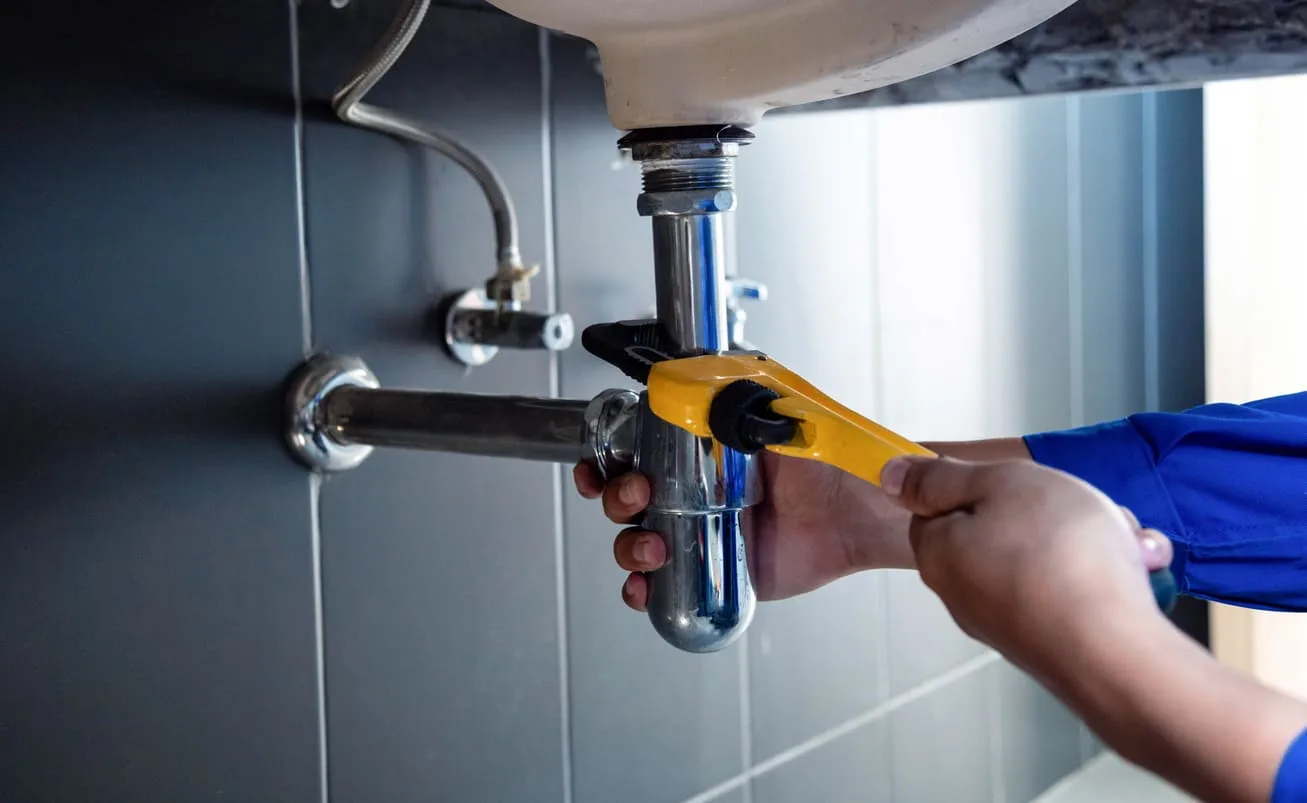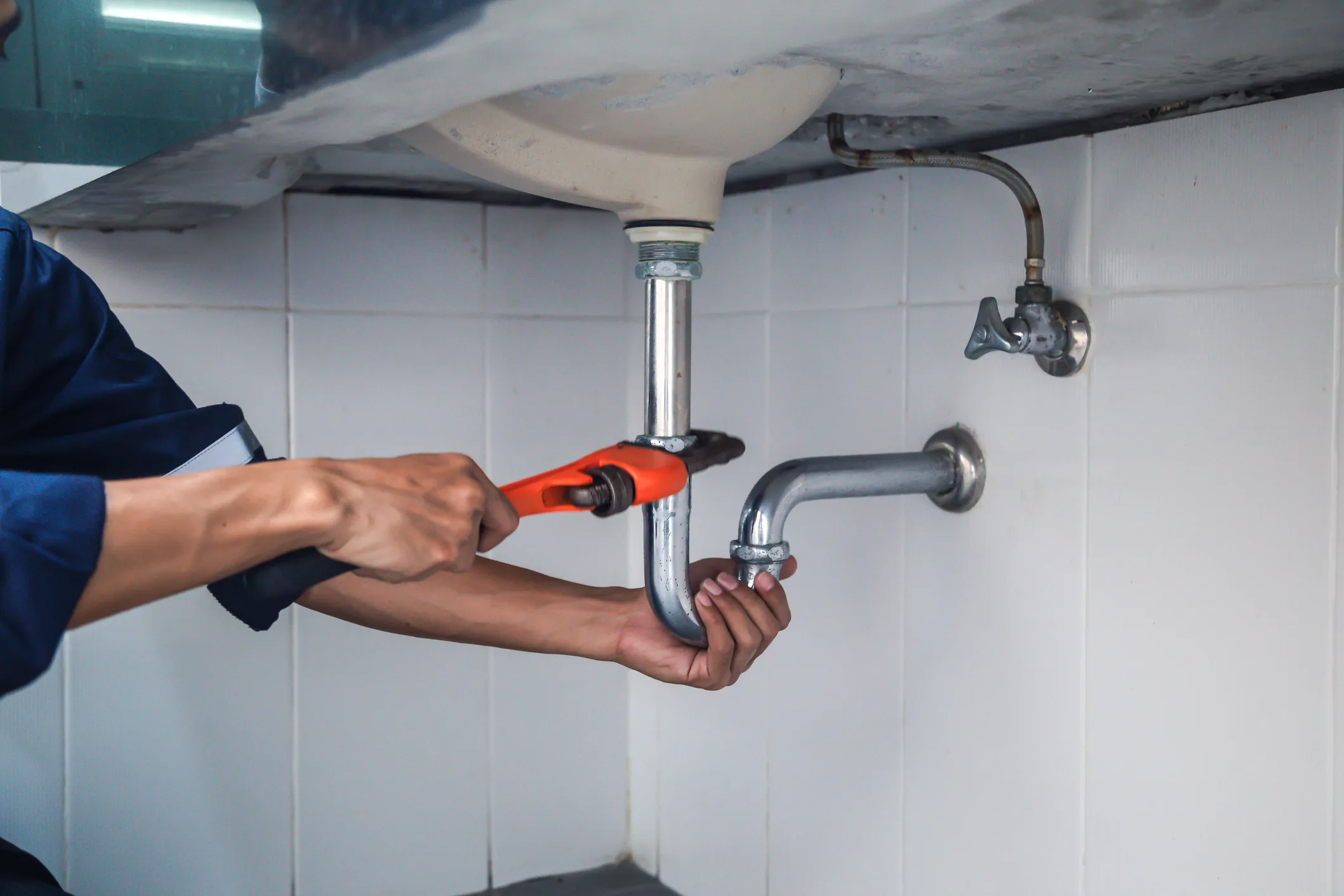When embarking on a new construction project, one of the vital decisions to make is choosing the right plumbing materials. The choice between PEX vs copper pipes for new construction can significantly impact the efficiency, cost, and longevity of your plumbing system. This comprehensive guide provides an in-depth look at both options, helping homeowners and real estate developers make informed decisions.

Understanding PEX Pipes
PEX, or cross-linked polyethylene, is a type of plastic tubing that has become increasingly popular in modern plumbing. It is known for its flexibility, ease of installation, and resistance to scale and chlorine.
Benefits of PEX Pipes
PEX pipes offer several advantages. They are flexible, which makes installation easier and reduces the need for fittings. This flexibility also allows PEX to be used in long continuous runs, minimizing leaks. PEX is also resistant to corrosion and scaling, ensuring a long lifespan.
Drawbacks of PEX Pipes
Despite their advantages, PEX pipes have some drawbacks. They can be susceptible to damage from rodents and UV rays. Additionally, PEX is not suitable for outdoor use due to its inability to withstand direct sunlight.
Exploring Copper Pipes
Copper pipes have been a staple in plumbing for decades. Known for their durability and reliability, they are often considered the gold standard in plumbing materials.
Advantages of Copper Pipes
Copper pipes are highly durable and have a proven track record of lasting for decades. They are also resistant to bacteria, which can be a significant advantage in maintaining water quality. Additionally, copper can handle high temperatures, making it suitable for both hot and cold water distribution.
Disadvantages of Copper Pipes
The primary disadvantage of copper pipes is their cost. They are significantly more expensive than PEX. Copper is also rigid, requiring more fittings and labor during installation. This rigidity can make it challenging to work with in tight spaces.
Cost Comparison
When comparing PEX vs copper pipes for new construction, cost is a crucial factor. PEX is generally more affordable than copper, both in terms of material costs and installation. The flexibility of PEX reduces labor costs, as it requires fewer fittings and less time to install.
Installation Process
The installation of PEX pipes is relatively straightforward. Their flexibility allows them to be easily snaked through walls and around obstacles. Copper pipes, on the other hand, require soldering and more precise measurements, making the installation process more complex and time-consuming.
Durability and Longevity
Both PEX and copper pipes offer durability, but in different ways. PEX is resistant to corrosion and scaling, while copper is known for its long lifespan and resistance to damage from external factors.
Environmental Impact
Environmental considerations are increasingly important in construction. PEX is more environmentally friendly during production, as it requires less energy to manufacture. Copper, however, is recyclable, which can be a significant advantage in reducing environmental impact.
Water Quality
Water quality is a top priority for homeowners. Copper pipes are naturally resistant to bacteria, which can help maintain water quality. PEX pipes, while not inherently antibacterial, do not leach harmful chemicals, ensuring safe drinking water.
Resistance to Freezing
In regions prone to freezing temperatures, the ability of pipes to withstand freezing conditions is crucial. PEX pipes are more resistant to freezing and bursting compared to copper, making them a better choice for cold climates.
Noise Considerations
Noise can be a concern in plumbing systems. PEX pipes are quieter than copper, as they do not expand and contract to the same extent, reducing noise from water flow and thermal expansion.
Maintenance and Repairs
Maintenance and repair needs can vary between PEX and copper pipes. PEX requires fewer repairs due to its flexibility and resistance to leaks. Copper pipes, while durable, may require more maintenance due to their rigidity and the potential for corrosion.
Choosing the Right Pipe for Your Project
Choosing between PEX and copper pipes depends on several factors, including budget, installation requirements, and long-term goals. Homeowners and developers should consider these factors carefully to select the best option for their specific needs.
Professional Installation
Regardless of the choice between PEX and copper, professional installation is crucial. Skilled plumbers can ensure that the system is installed correctly, minimizing the risk of leaks and other issues. For expert advice on plumbing installations, visit Bruce Massey Construction.
Conclusion
In the debate of PEX vs copper pipes for new construction, both materials have their strengths and weaknesses. Understanding these differences can help homeowners and developers make informed decisions that align with their budgets and project goals.

FAQs
1. Are PEX pipes safe for drinking water?
Yes, PEX pipes are safe for drinking water. They do not leach harmful chemicals and are resistant to corrosion.
2. How long do copper pipes last?
Copper pipes can last for 50 years or more, depending on water quality and maintenance.
3. Can PEX be used outdoors?
PEX is not suitable for outdoor use as it can be damaged by UV rays and extreme temperatures.
For more information on plumbing basics, visit HowStuffWorks.
This article contains affiliate links. We may earn a commission at no extra cost to you.




